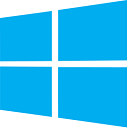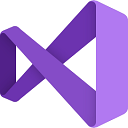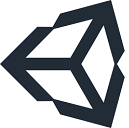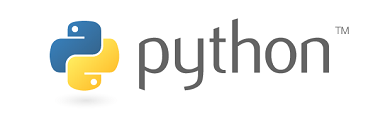|
|
||
|---|---|---|
| Documentation | ||
| Pipelines | ||
| Samples/MicrosoftSpatializerSample | ||
| Source | ||
| Tools | ||
| .clang-format | ||
| .gitatttributes | ||
| .gitignore | ||
| .gitmodules | ||
| CMakeLists.txt | ||
| CODE_OF_CONDUCT.md | ||
| CONTRIBUTING.md | ||
| LICENSE | ||
| NOTICE.txt | ||
| README.md | ||
| SECURITY.md | ||
| cgmanifest.json | ||
README.md
Introduction
This repository provides plugins and tools for integrating spatial audio into your Unity 3D applications and games
- A cross-platform spatializer plugin (supported on Windows and Android) that uses highly efficient spatial audio DSP processing algorithms.
- A sample Unity application that demonstrates cross-platform spatializer plugin configuration and usage.
Getting started with Spatial Audio for Unity
Cloning this repository is not required to start using the Microsoft Spatializer in your Unity project. Visit the documentation for instructions on integrating the Microsoft Spatializer into your Unity project. For a more in-depth exploration of spatial audio, check out the learning module. If you'd like to build the plugin yourself, see below.
Legacy HoloLens 2 Spatializer plugin
While it is recommended to switch over to the latest cross-platform spatializer plugin, the previous HoloLens 2 specific spatializer plugin version with hardware offload suppport, remains available on GitHub releases and on a UPM feed via (Mixed Reality Feature Tool)[https://docs.microsoft.com/en-us/windows/mixed-reality/mrtk-unity/configuration/usingupm?view=mrtkunity-2021-05].
Required Software
 Windows SDK 18362+ |
 Visual Studio 2019 |
 CMake |
 Unity 2019+ |
 Python 3+ |
 Node.js |
 Android NDK |
|---|---|---|---|---|---|---|
| Windows 10 May 2019 Update SDK to build the spatializer plugin. | Visual Studio is used for code editing, deploying and building UWP app packages | CMake is required for generating Visual Studio 2019 projects | Unity 2019 is required to build the spatializer plugin package. Plugin can be used on Unity 2018 LTS and higher versions. |
Helper scripts for build and packaging use Python 3 and higher. | For UPM packaging. | Required for building Android binaries. |
Branch Guide
- This repository follows the GitFlow branching model.
- Master branch is used for building release candidates and official releases. Direct pull requests into master are not allowed.
- Develop branch is used for staging ongoing work for the next official release and merged with master after extensive review and testing. Direct pull requests into develop branch are not allowed.
- Use feature branches to bring up individual features. Once a feature is ready and tested, use a pull request to merge it into the develop branch.
Clone the Repository
git clone https://github.com/microsoft/spatialaudio-unity.git --recurse-submodules
If you forget to include submodules when cloning, add them with git submodule update --init --recursive
Build Status
| Build | Branch | Status |
|---|---|---|
| Release | master | |
| Validation | develop |
Local Build
- Launch "Developer Command Prompt for Visual Studio 2019".
- Switch directory to the root of your Git enlistment.
- Run the CMake script to generate Visual Studio 2019 projects:
python3 Tools\runcmake.py - Run the build script to build all flavors:
python3 Tools\build.py - To generate the Unity package:
python3 Tools\unity_package.py -u "c:\Program Files\Unity\Hub\Editor\2020.3.2f1\Editor" -v 2.0.0 - To generate the UPM package:
python3 Tools\upm_package.py -v 2.0.0
Artifacts
- Build produces UPM and Unity asset packages
- Unity asset package is available under releases tab
- Unity asset packages are also available on a UPM feed via Microsoft Mixed Reality Feature Tool
